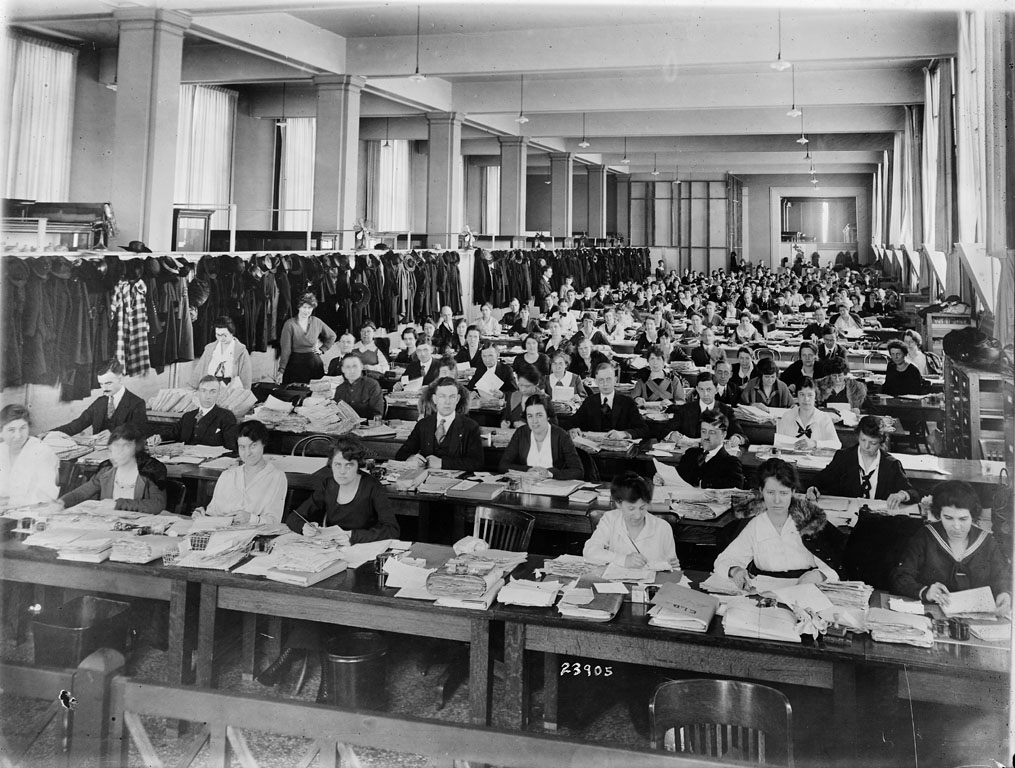History of VA in 100 Objects
U.S. participation in the First World War produced a shift away from relying on long-term institutional care for Veterans in need to a model of Veteran welfare centered around short-term hospitalization. During the war, the War Department assumed responsibility for tending to the sick and wounded. Afterwards, when the Army dismantled its hospital system, the U.S. Public Health Service (PHS) stepped in to fill the breach, acquiring numerous facilities the Army and Navy no longer wanted as well as other properties that could be used for medical purposes.
History of VA in 100 Objects
The North’s victory in the Civil War came at an enormous cost to the more than two million men who fought for the Union cause. Over 350,000 lost their lives due to battle or disease. Almost as many were wounded in action. According to Northern medical records, Union surgeons performed just under 30,000 amputations during the war. For these disabled Union Veterans, Congress made provisions to provide monetary compensation. In July 1861, lawmakers hastily passed a law for Union recruits making them eligible for the same pension allowances as soldiers in the Regular Army. Later in 1862, for the first time, a pension law explicitly granted benefits not just for men wounded in battle but also to those suffering from “disease contracted while in the service of the United States.”
History of VA in 100 Objects
When World War I erupted in Europe in August 1914, the United States stayed neutral but the nation quickly became a major supplier of industrial and agricultural goods to France and England. To protect this valuable trade, Congress established the Bureau of War Risk Insurance (BWRI) within the Treasury Department to insure American ships and cargo “against loss or damage by the risks of war.”






